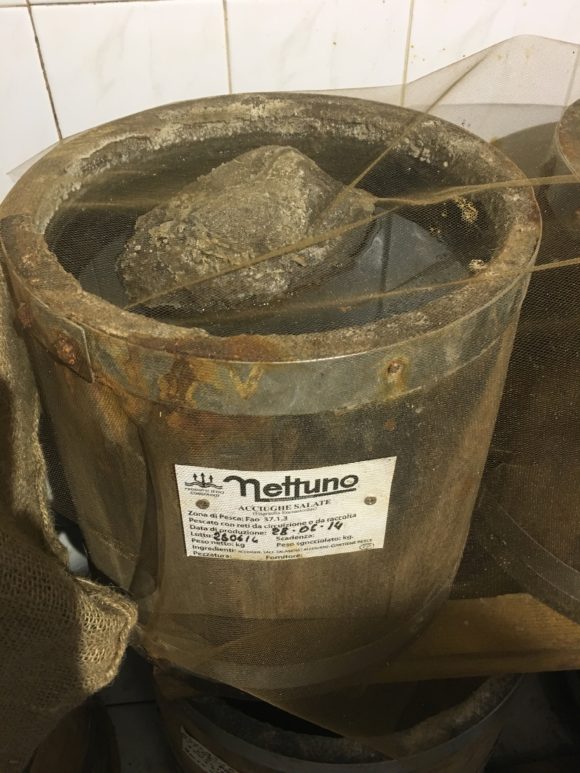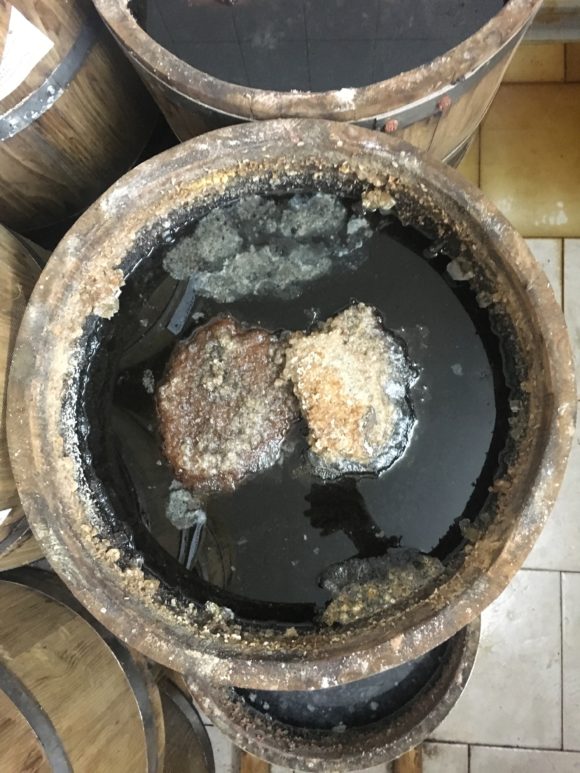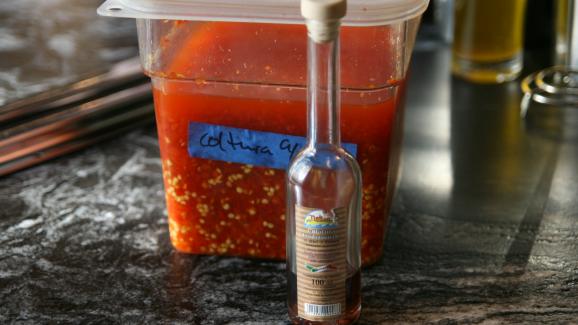“Fermented fish sauce” doesn’t exactly conjure images of deliciousness, that is until you’ve tried it. Just a spoonful added to any dish is transformative. Consider what Asian fish sauce does for Pad Thai, or what Worcestershire sauce does to a steak. There’s a reason this sauce has existed in some form across cultures and time! In an informative article for Eater, Sophia Pappas breaks down the history of one of the world’s oldest condiments.
So what is garum exactly? Today, it’s a cheffy catch-all term for a fermented sauce of anything from oysters to egg whites. Not exactly an accessible ingredient. But back in Roman times, garum was the star condiment as common as ketchup.

The exact origins and initial preparation of garum are murky. But today, it’s generally agreed that the sauce was obtained by fermenting the heads, guts, and other fish parts that would’ve otherwise been discarded, with seawater and salt. The ancient Romans had a voracious appetite for the stuff. Archeologists have identified production centers all across the Mediterranean, where it was produced in huge stone tanks and exported all across the empire.
This preparation isn’t so different from how Colatura di Alici is made today in Cetara, Campania. Nettuno, our Colatura producer, doesn’t use huge stone tanks, but the principle is still largely the same. Producer Giulio Giordano carefully layers anchovies with salt in wooden barrels with weighted lids, and lets them ferment until the glorious, amber Colatura has reached the perfect equilibrium of salt and umami.

Colatura is essentially a direct culinary descendant of garum, although it is produced in much smaller quantities!
“It is the process of chemical decomposition that allows garum to develop its complex flavor. As the fish’s intestinal bacteria spread through its body, they initiate the fermentation process, which in turn transforms the fish proteins into amino acids like glutamic acid and glutamate, giving the garum its robust umami taste.”
Back in Antiquity, garum existed in many forms and was used in many different ways. Depending on the type(s) of fish used and the fermentation style, garum could be thick and glossy or thin and delicate. As a rule, the thinner the liquid the higher the price. Garum was used on it’s own over vegetables or meat, splashed in a stew to add depth, or mixed with other ingredients to create a new sauce altogether. You can use modern Colatura di Alici pretty much the same way!

If you’re new to the world of Colatura, just remember to start slow and keep in mind it doesn’t add fishiness, it adds richness. Start by adding a teaspoon or so to any marinade or stew, then build your way up to Spaghetti con la Colatura!
